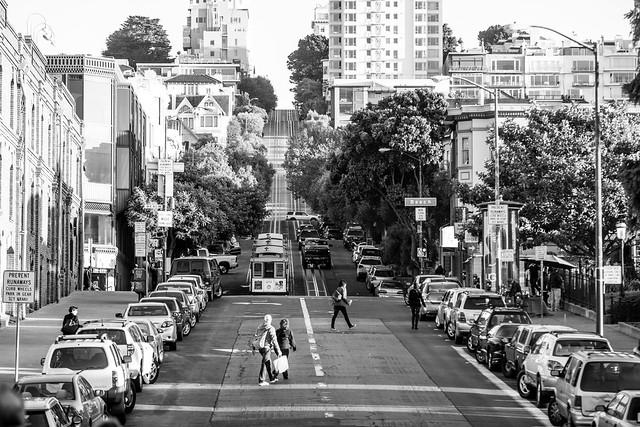This study compares residential neighborhoods with different gridiron patterns in terms of some morphological properties. Nine different gridiron street patterns of San Francisco neighborhoods were chosen to assess the livability of residential areas in terms of several morphological evaluation criteria including accessibility (local and global spatial integration), intelligibility, density, livability index and time period. When measuring these criteria, the focus was on the street-block and building-lot relationships using several different methods. Accessibility and intelligibility values were measured by the ‘space syntax’ method which evaluates the street system of urban form. Density measures were calculated by the ratio of total built area within sample areas to the total sample area and by the ratio of private open spaces of sample areas to the total built area. In addition, a livability index was calculated by the ratio of pedestrian area to total built area. The contribution of time in the process of city building is also an important part of the morphology of cities. Therefore, in this study time period was used to analyze the historical background of the city. All the findings were evaluated according to these criteria by using GIS. In conclusion, based on the findings, this study stresses that the criteria of accessibility, intelligibility levels and density are inversely proportional with the degree of livability in the study areas. Therefore, we hypothesize that accessibility, density and livability index are the important inputs for making better designs for urban residential space and city design as a whole.

More about urban form:
No comments:
Post a Comment